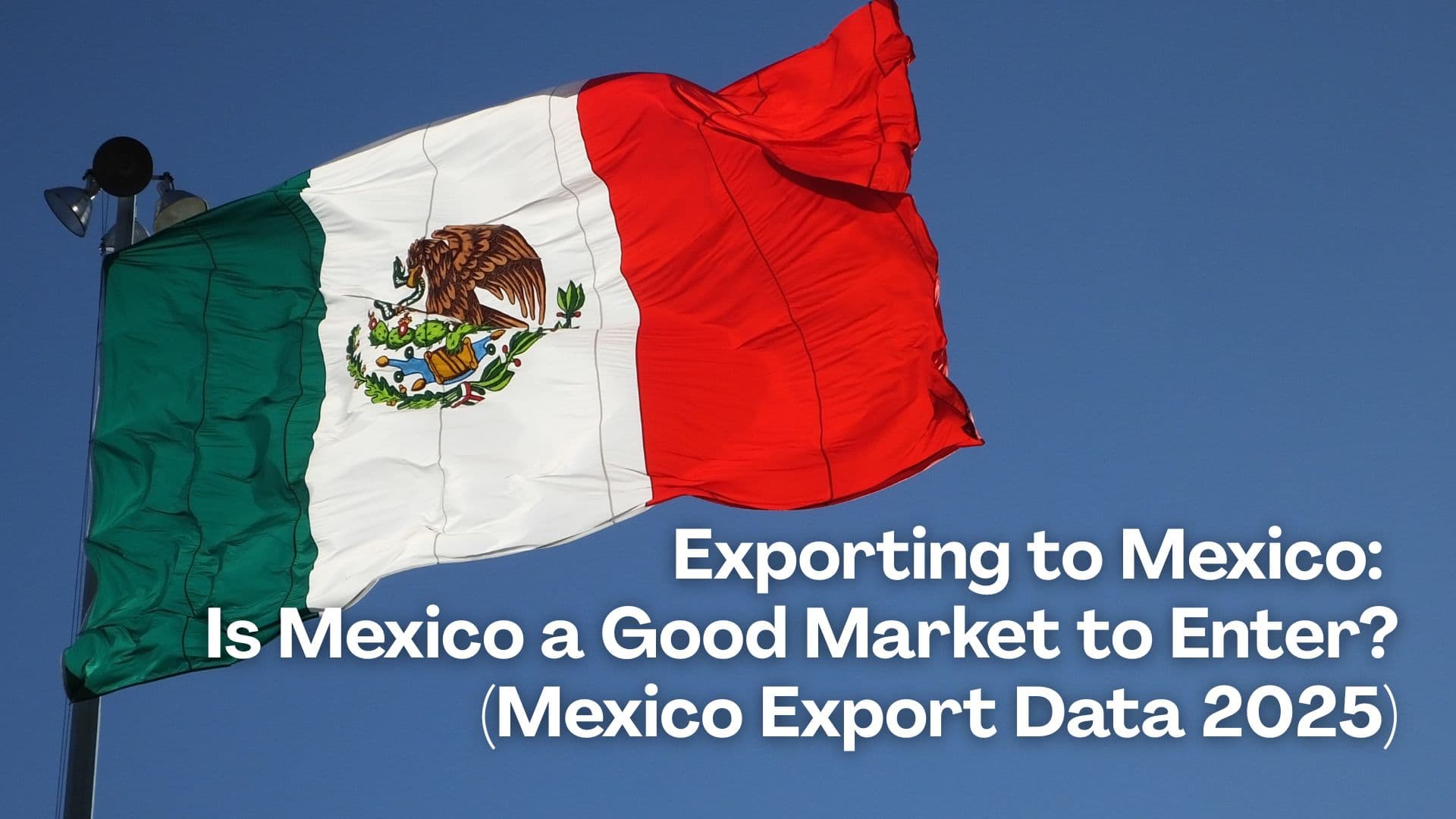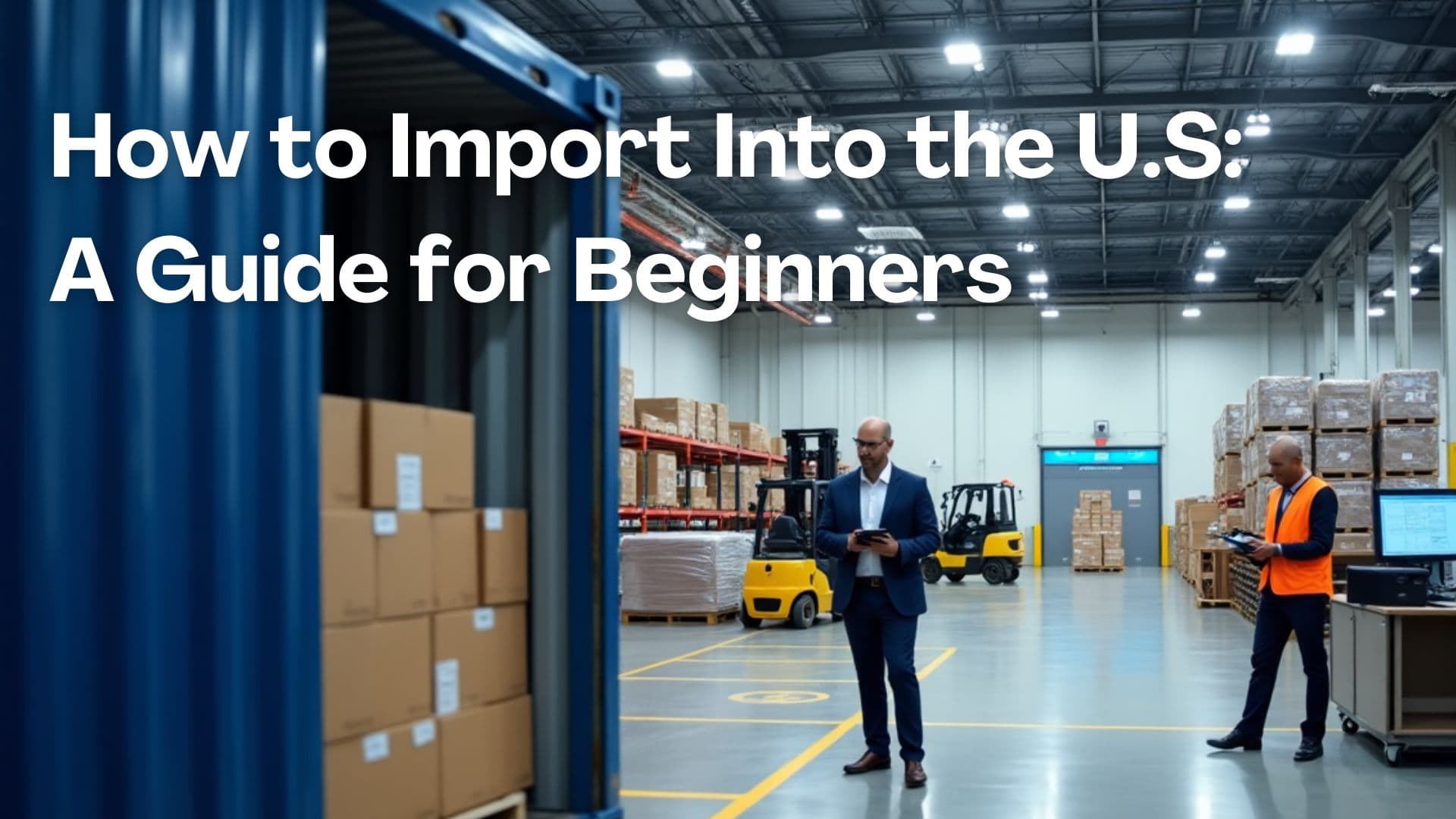Mexico Nearshoring Data: Which Chinese Products Are Taking Over U.S. Exports to Mexico?
5567630-Oct-2025
The shifting dynamics of North American trade reveal compelling opportunities for global suppliers. By leveraging TradeMagellan's analysis of Mexico trade data, exporters can pinpoint where Chinese goods are displacing American products in Mexican markets—a trend accelerated by nearshoring strategies. This approach allows businesses to strategically adapt to changing North American trade dynamics and capitalize on emerging opportunities.Here’s how Mexico import export data exposes these competitive shifts and what they mean for traders.

Key Sectors Where Chinese Exports Dominate
Detailed Customs trade data highlights specific industries where Chinese manufacturers outperform U.S. competitors:
• Automotive Components
Chinese suppliers now dominate wiring harness and alloy wheel shipments to Nuevo León’s manufacturing hubs, outpacing legacy American vendors
• Industrial Machinery
Mexico’s reliance on Chinese CNC machines and textile equipment surges as U.S. exporters struggle with longer lead times
• Consumer Electronics
Smart home devices and affordable wearables from Shenzhen factories increasingly replace Midwestern electronics in retail supply chains
Analysing the Competitive Advantage
Three factors explain this displacement, visible in China export data:
1.Cost-Effective Modular Designs
Chinese producers specialise in modular industrial parts that Mexican assembly plants can rapidly integrate—reducing downtime compared to bulkier U.S. alternatives
2.Adaptive Logistics Networks
Guangdong-based exporters leverage dedicated Mexico-bound shipping routes absent from many USA importers list logistics plans
3.Tariff Engineering
Chinese firms exploit preferential treatment under USMCA’s secondary materials clauses—a tactic underutilised by American manufacturers
Strategic Implications for Exporters
Businesses can capitalise on these shifts by:
• Cross-referencing Mexico import export data with Mexican manufacturing investment announcements to anticipate demand surges
• Partnering with Chinese component suppliers servicing Tier 1 Mexican factories
• Studying import registration patterns in Mexican border states like Chihuahua and Baja California
The real winners will see industrial relocation as an opportunity rather than a threat for supply chain adjustment.






















